Last week, I wrote about a family wedding I attended. Immediately after the wedding, we embarked on our trip to Ladakh. Carved out of Jammu and Kashmir, Ladakh is the newest Union Territory of India and a fastest growing tourist destination.
The flight from New Delhi took only an hour and half to get to Leh (the capital of Ladakh). As my husband and I got off the plane, two surprises were waiting for us. One, it was as hot in Leh as it was in Delhi (the temperature was 25 degrees Celsius but it felt like 35 degrees because of the clear atmosphere. Two, Leh was as baren and sandy as a desert.
Situated 3500 meters above the sea level, Leh is surrounded by snow-clad mountains and beautiful monasteries and historical monuments. After resting for a couple of hours to acclimatise, we went out to explore. On the very first day, we were able to tick off tow important places - the Leh Palace and the Shanti Stupa.
The next day we left for Nubra valley. At an altitude of 3,000 meters (10,000 ft) Nubra valley is close to line of control with Pakistan. To get there we had to go through Khardung La Pass which was at the altitude of 5,602 meters (18,379 ft). The road that goes there and to the Lake Panagong is known as the highest motorable road in the world. On the way we met several adventure bikers who were traversing the whole Ladakh on their motorcycles.
The scenery was breathtaking. Mountains were rugged and high. Initially they were of made of sand and rocks but after about halfway volcanic rocks started appearing. I was surprised and socked to see the whole mountains made of molten lava. I am no geologist but I think these rocks are rich in many minerals.
We stayed at Nubra for two nights. The valley is full of surprises. One such surprise was Sand Dunes. Shyok River passes through the middle of valley and after the 1927 floods left lots of sand near the Hunder region. The other surprise was double humped camels.
The next day we went to see the Turtuk village, the last village before the Pakistan boarder. The whole drive was by the Shyok river and the scenery was even more beautiful. In the village we visited the Summer Palace of the king of Baltistan ( a kingdom that is now divided between India, Pakistan and China. The current heir of the king was there and gave us a talk on the history of the palace and his dynasty. He also had many artefacts on display from his ancestors’ times.
The next day we left for Pangong Lake. At an altitude of 4,225 meters, it is the highest salt water lake in the world. The drive was rough as the road construction work was going on at several places. But once we got there we forgot every discomfort. In turquoise blue, the lake was pristine and pure. In a way I felt guilty to come there. The way the tourism is growing there, the lake will not remain that way for long.
We stayed there overnight in a tent. At night it snowed on the peaks but the day was perfect. We walked by the lake for a while and took in the scenery. The lake is 165 kilometres long but only one-third of it is in India. The rest is in China. The China boarder was just 45 kilometres from were we were.
The next day we drove back to Leh. This time we passed through the Chang La Pass which is 5,360 meters (17,688 ft) high. It took us almost whole day to come back. We rested in the hotel for a few hours and then went to the local market to buy some souvenirs. Since the Chinese occupation of Tibet, a number of Tibeteans are settled in Ladakh. They sell a lot of handmade artefacts such as stone and silver jewellery, shawls and jute baskets.
We devoted our last day in Leh visiting monasteries and other monuments. There is a lot to see in Leh, and as we couldn’t fit it all in one day, so we had to select a few main ones.
The first place we stopped at, was the Sindhu Ghaat. Sindhu River (Indus River) comes from Lake Manasarovar (in Tibet but now in China). This is the same river on the banks of which the Indus Valley civilisation started more than 10,000 years ago. It is said that Indus Valley civilisation is the only surviving civilisation in the history of mankind. It didn’t parish like Roman or Greek civilisations rather moved slowly to the banks of Ganges and other rivers in the north of India.
Our next stop was Shey Palace. A temple-cum-shrine was built in 1655, and is only 15 kms away from Leh. The palace has a unique architecture, the east is pierced with number of windows including large overhanging balconies. In the olden times the view of the palace was reflected in the pond at the base of the hill and hence the palace got its name Shey (mirror). We walked up the stairs and got breathless by the time we entered the premises. Only the monastery part was open but the view from the top was breathtaking.
From Shey Palace, we went to Thiksey Monastery, which was just 5 kms away from the Shey Palace. It resembles the Potala Palace of Lhasa in Tibet which was Dalai Lamas winter palace from 1649 to 1959. The monastery had five temples, one with a 45 meter high statute of Budha. We was lucky to get there at the time of morning prayers when several monks were chanting in unison.
Hemis Monastery is located 45 km from Leh and is the biggest and the richest monetary of Ladakh. It was founded by Lama Stagsang Raspa and is associated with Drukpa Kagyu lineage of Tibetan Buddhism. It had an impressive museum of several artefacts made of sliver and gold.
As we were winding up the last day of sight seeing, the Ladakh Marathon runners were finishing their 122 km race too. I had read about the Ladakh Marathon, which happens in the month of September, but didn’t know that one day I will happen be in the same place, at the same time, to witness one of world’s highest and toughest marathons.
The event offers six races, including two ultra races - the 72 km Khardung La Challenge (5374 m) which is presently the world’s highest ultra marathon and the 122 km Silk Route Ultra which is the epitome of high altitude running (starting at 3500 m) testing the human endurance.
I manage to take snaps of some runners as they went past our vehicle.
That’s all from me this week.
Let me know whether you are enjoying my travel stories or not.
I often wonder whether I should stick with my core writing which is educational articles about writing, productivity and creativity. But then travel writing is writing too. I enjoy reading other people’s travel stories. Maybe some of my readers would like to read my travel stories.
Let me know if you do.
I am on vacation from 23 August to 14 October. If I miss an issue in this newsletter or don’t respond to your comments on time, that is why.
During this time, I will be writing about my travels. Please keep your comments coming they encourage me to keep writing and tell me what resonates with you.
When I get back, I will run another sprint, Write Your Book In 30 Days, the last one for 2022. It will start on 25 Oct and end on 29 Nov. If you are interested, register your name here.
That’s all from me this week.
If you liked this newsletter, please consider becoming a paid subscriber.


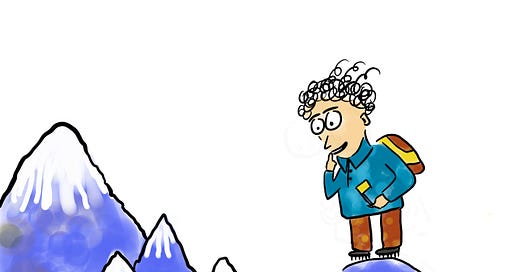




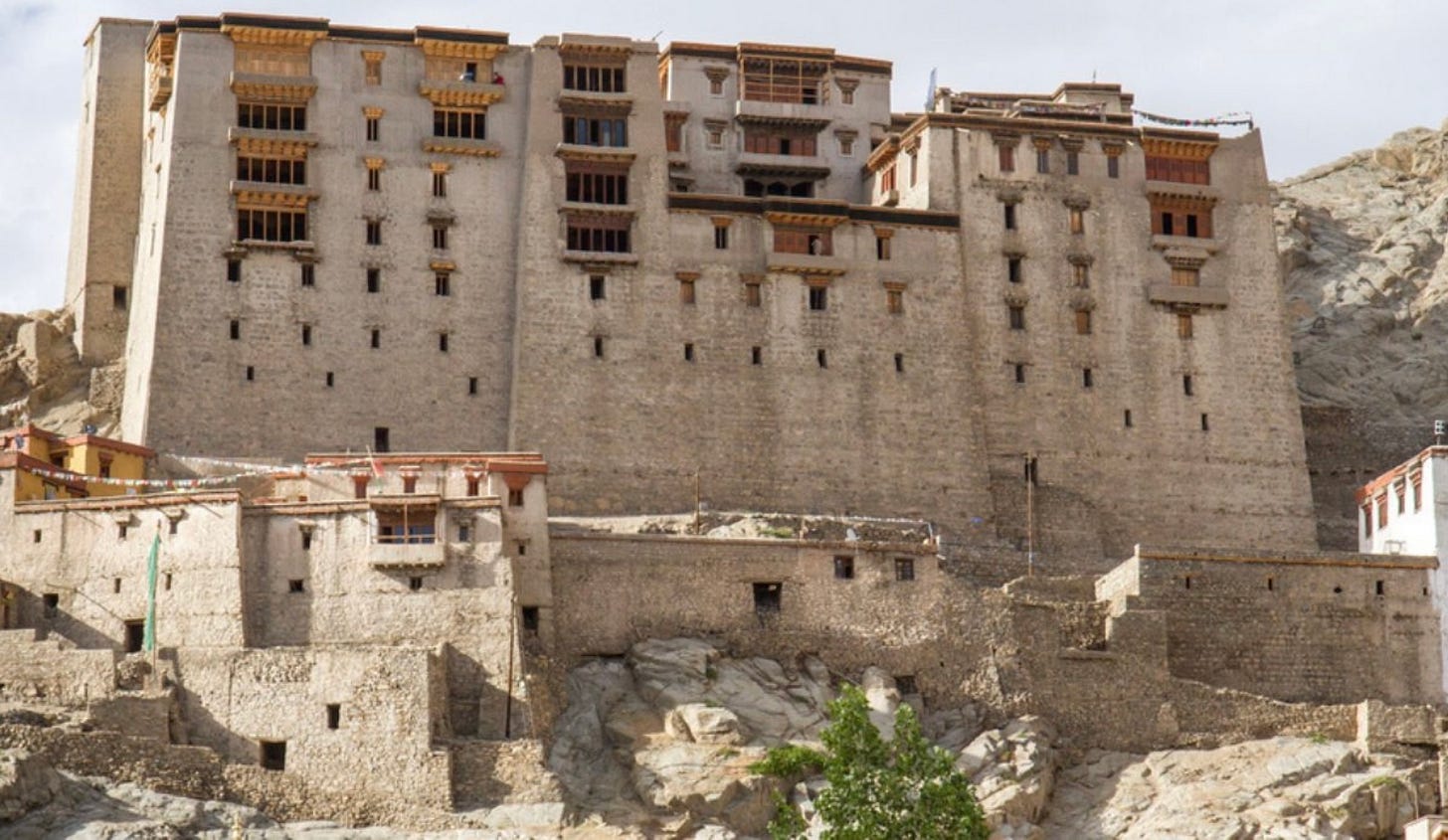
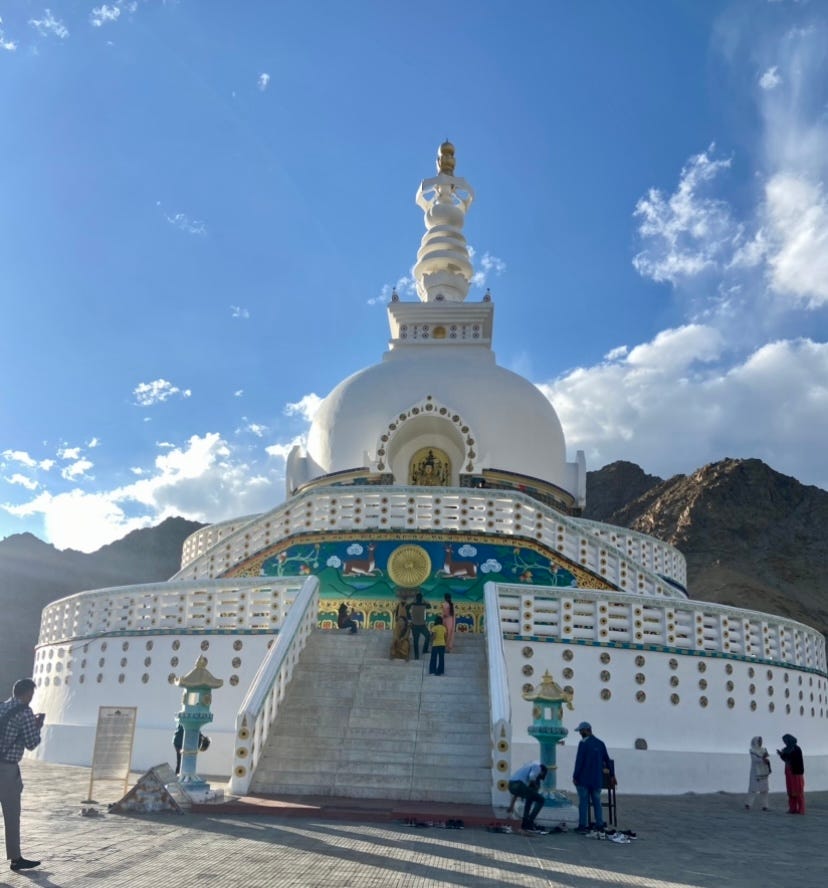
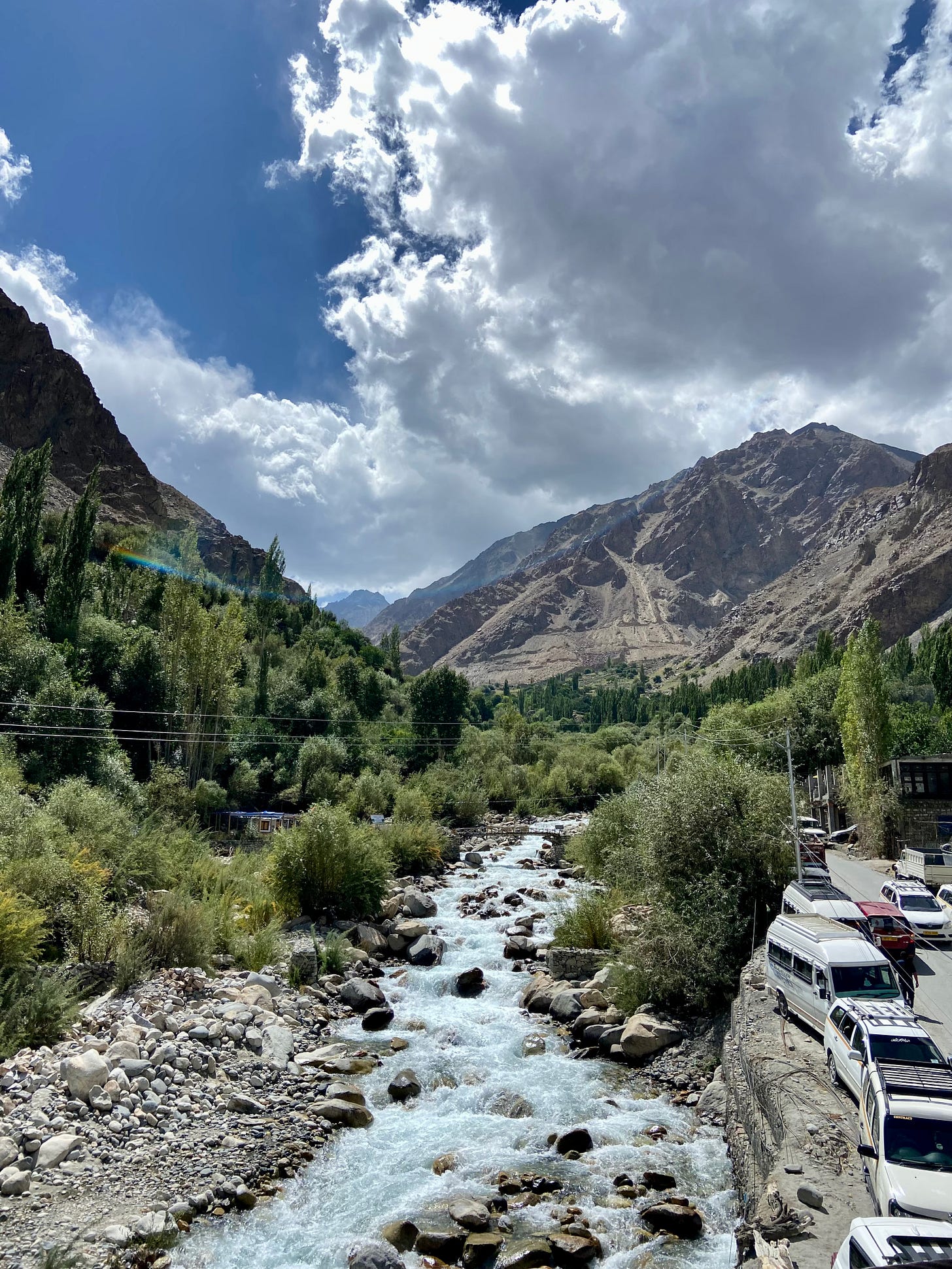

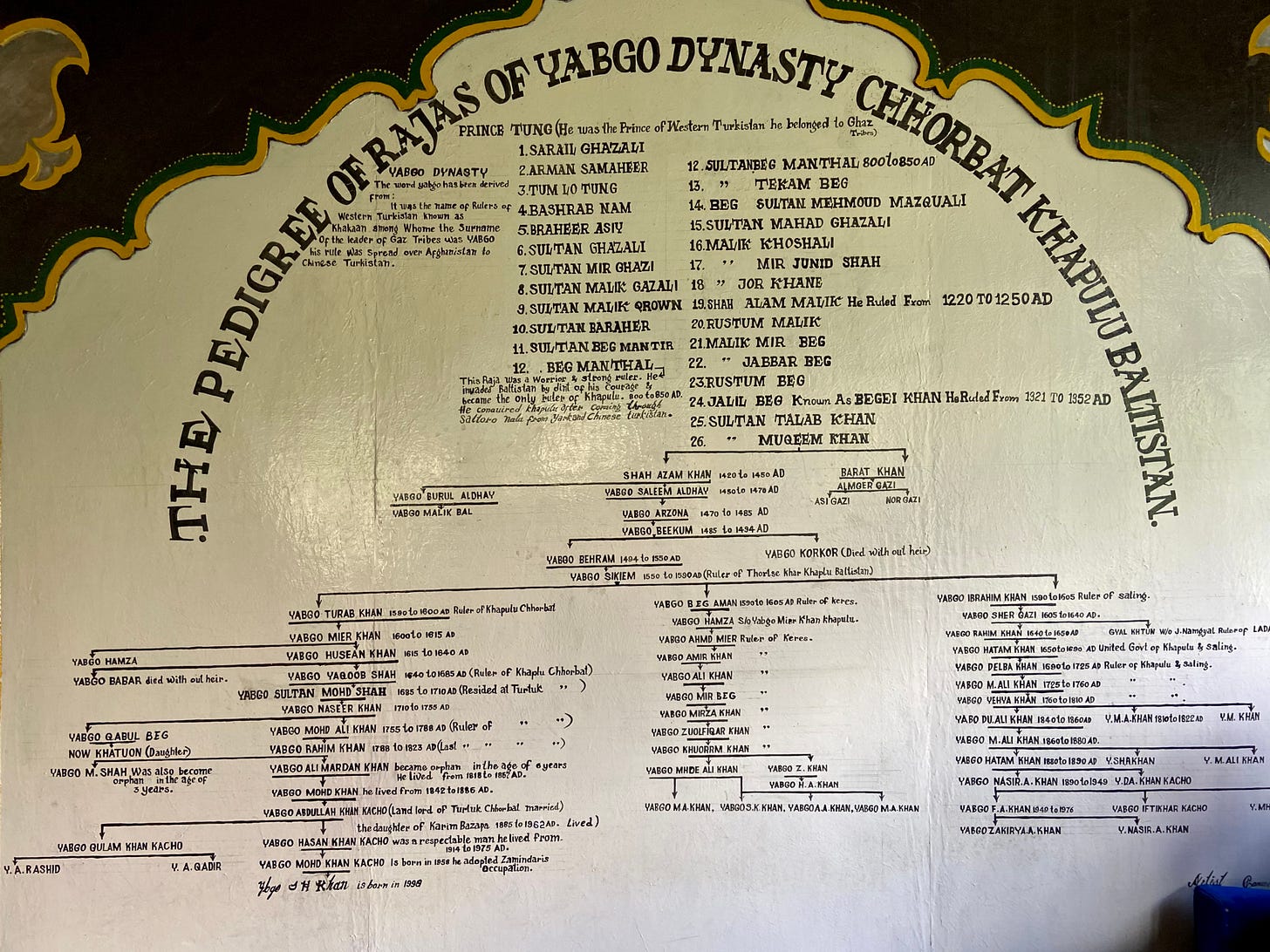

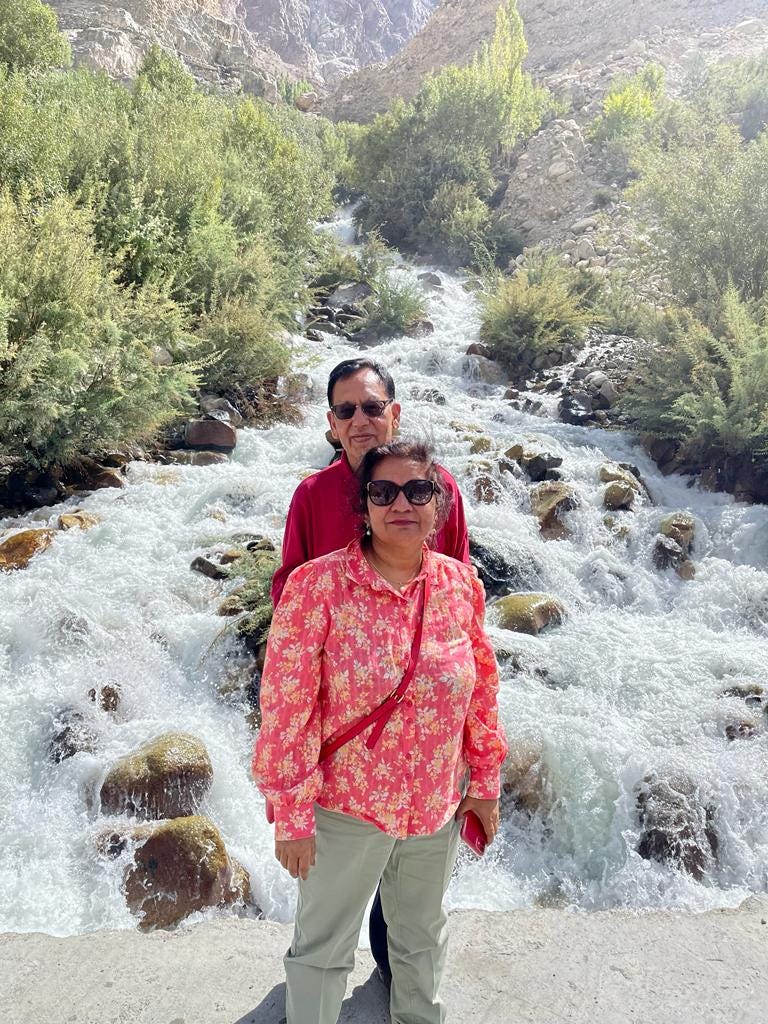
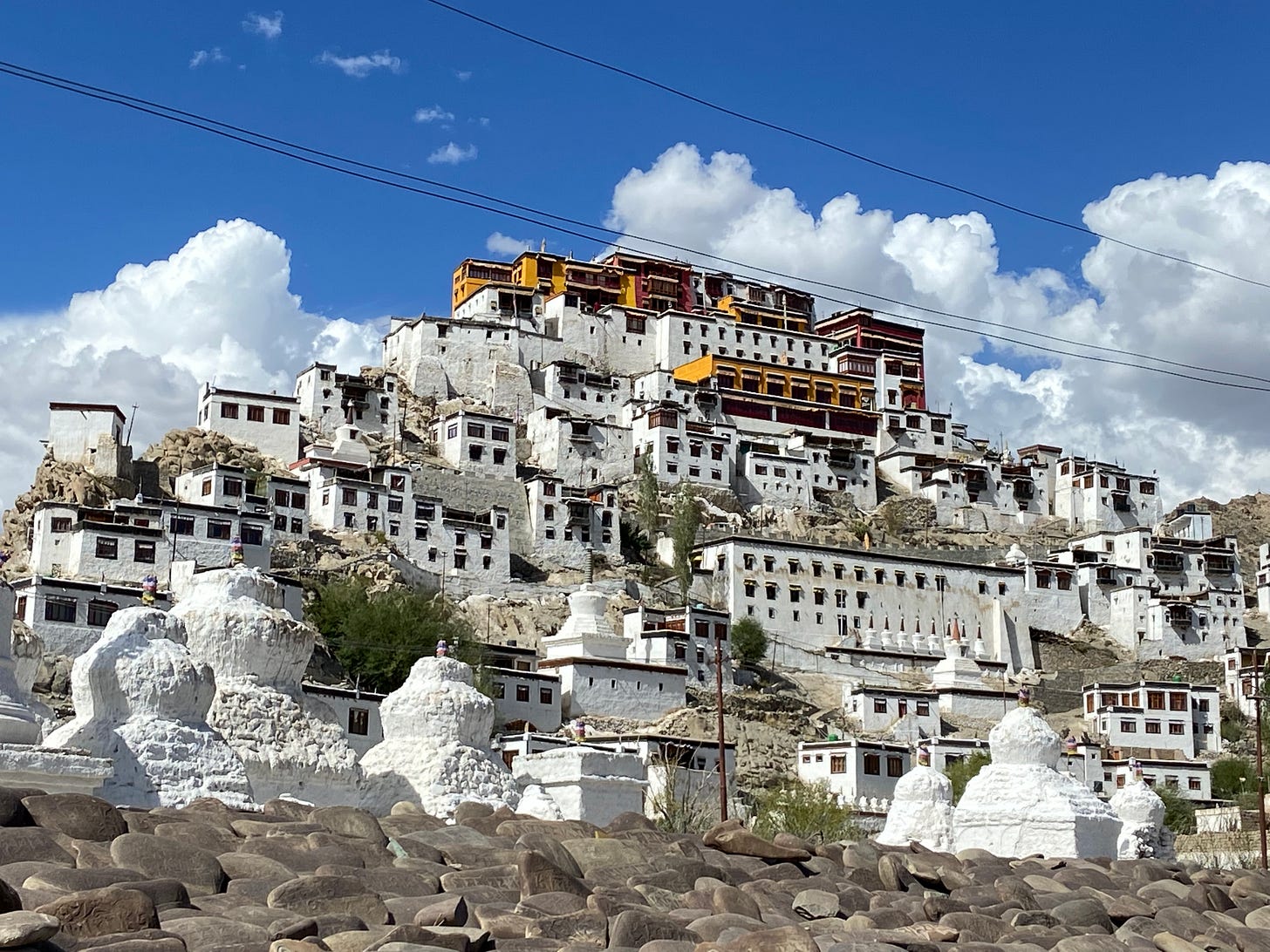
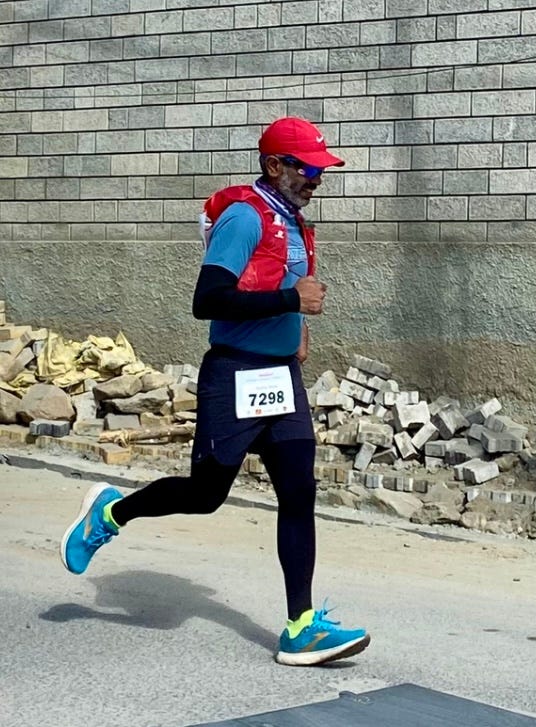
Thanks for letting me know Melanie. Yes these are bit off-track places. Anyway we can’t see all the places in this life time.
Thank you for taking the time to let me know that you are enthralled travel issues of the newsletter. I shall continue.